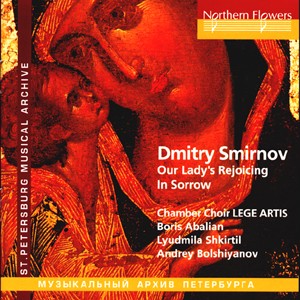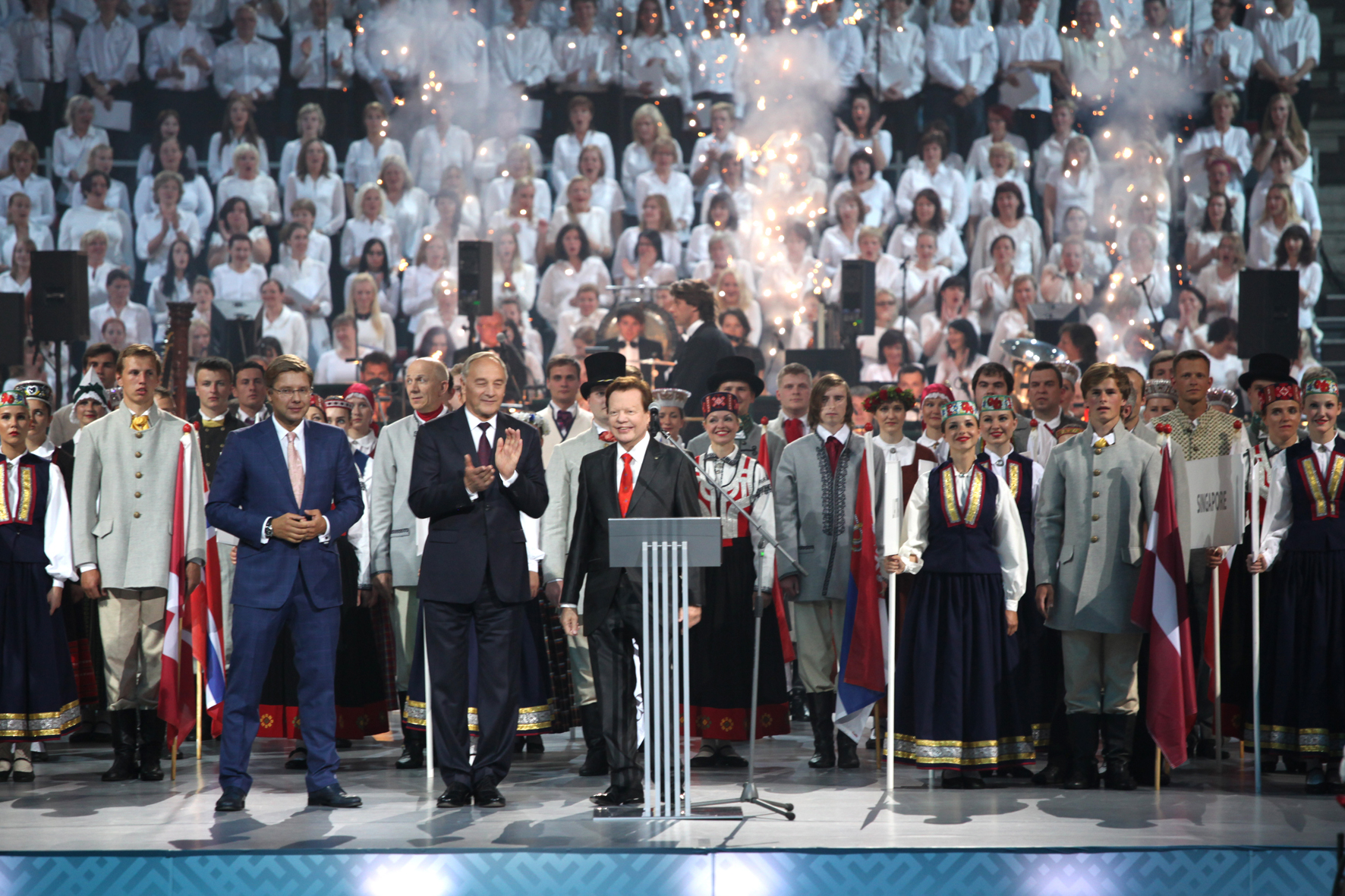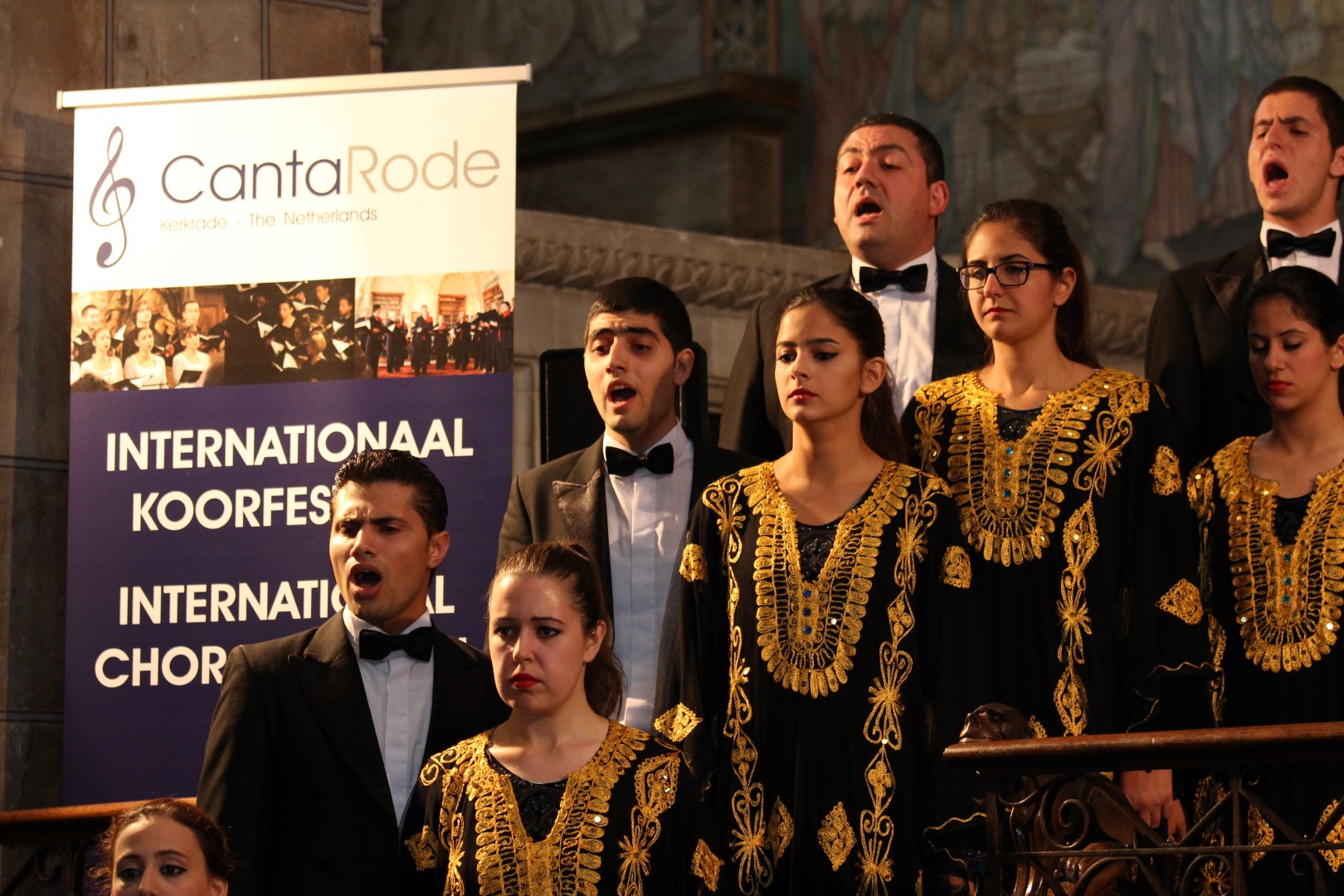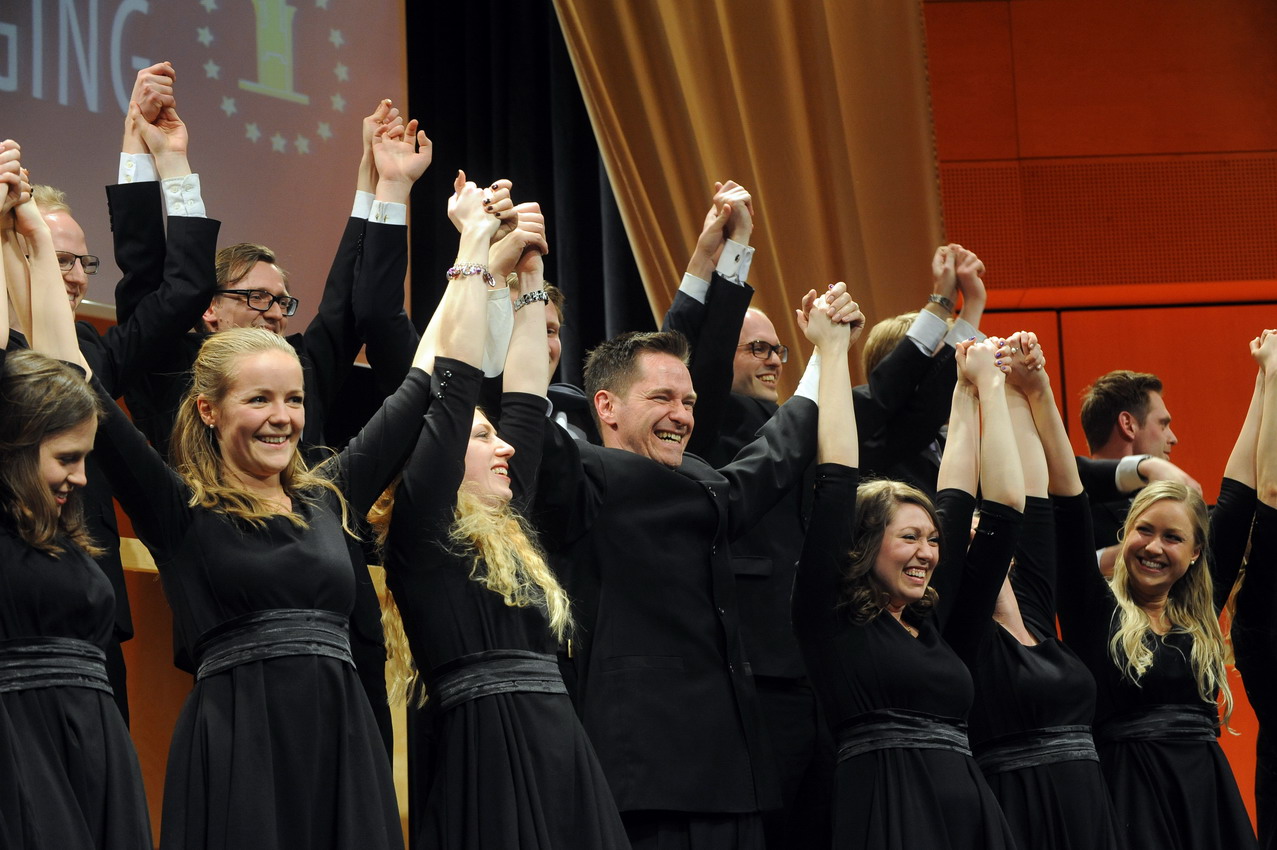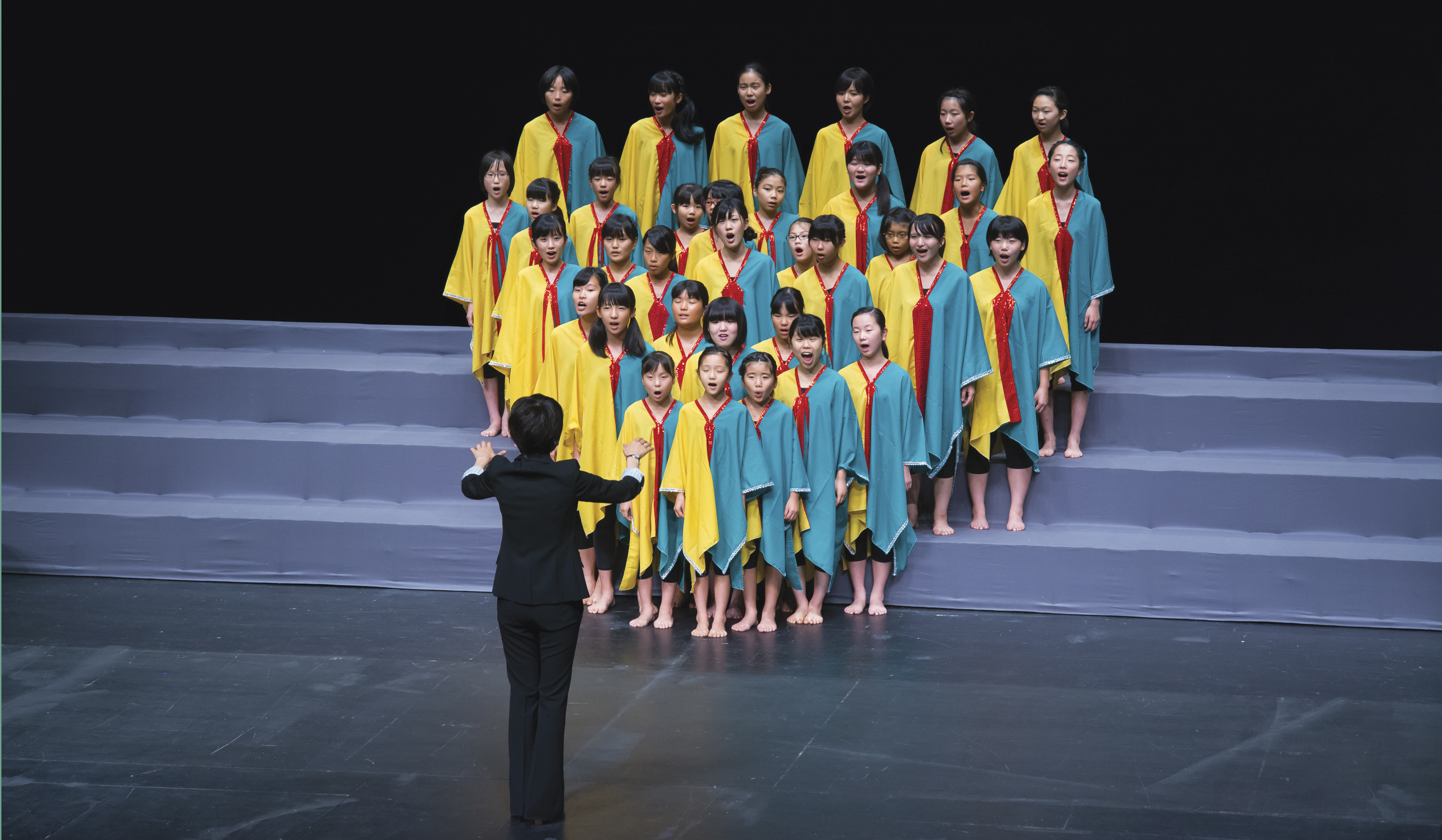Dmitry Smirnov, ein moderner Komponist aus St Petersburg
Von Alexandra Makarova, Chorleiterin
Die Chorkonzerte von Dmitry Smirnov sind der Schlüssel zu seinem einzigartigen Stil. Sein erhabenstes Genre ist das des a cappella Chors. In diesem Artikel verwenden wir seine Chorkonzerte, um die Charakt…Read More →

